Why is it called liquid cooling?
When specifying a diesel generator, you encounter many technical terms. Among them, "liquid cooling" stands out as a hallmark of reliability and performance. But what does it truly mean? This article cuts through the technical jargon to explain why this technology is the industry standard for critical power applications and why it aptly deserves its name.
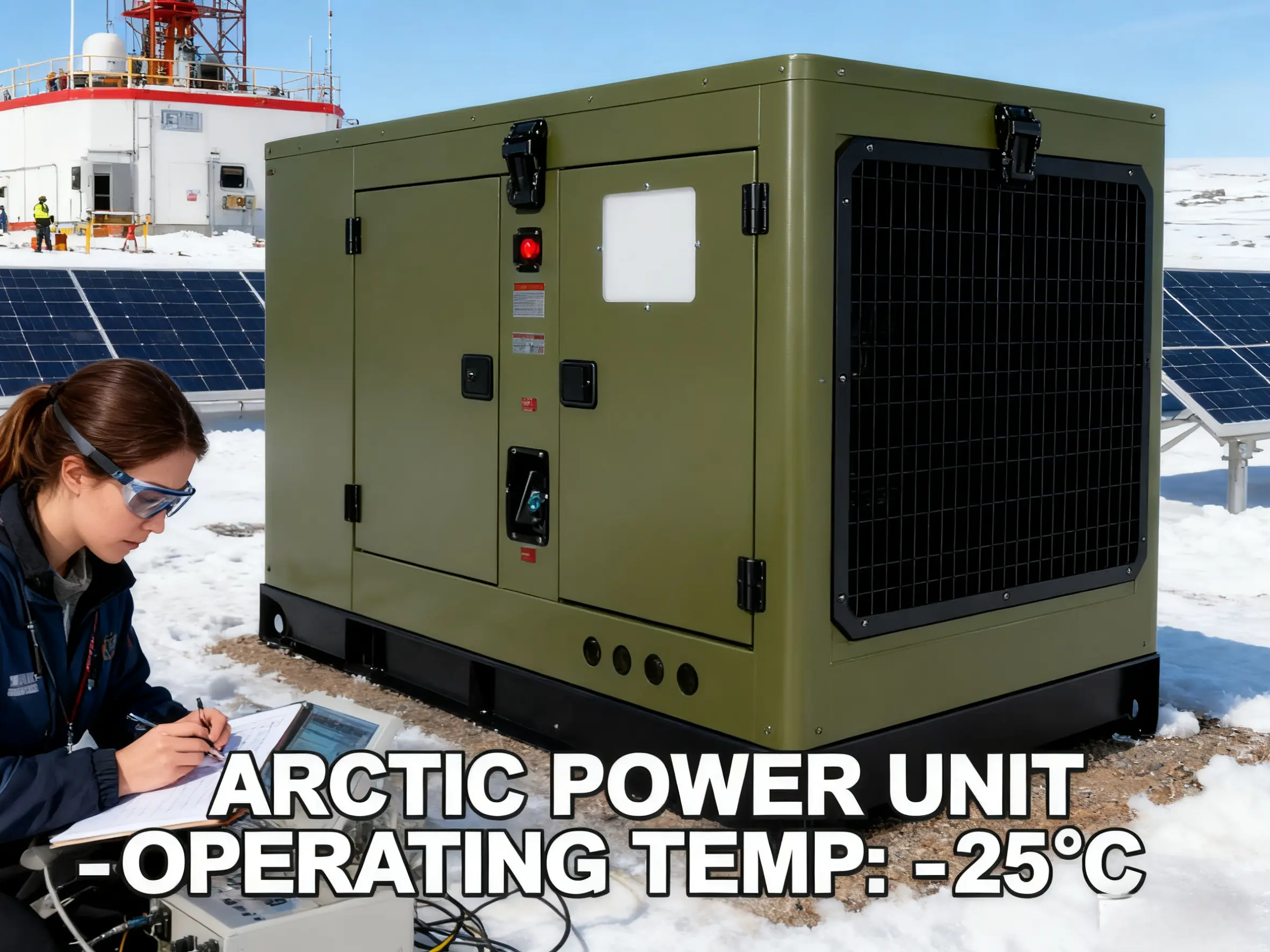
Core Principle
It is called liquid cooling because it uses a continuous stream of liquid—specifically, a mixture of water and glycol (antifreeze)—as its primary medium to absorb and transfer heat away from the generator's engine.
The principle is rooted in physics: liquids have a significantly higher heat capacity than air. This means a relatively small volume of liquid can absorb a vast amount of heat energy with only a minimal rise in its own temperature. In a liquid cooled diesel generator, this fluid is circulated through passages (water jackets) surrounding the engine's cylinders. It efficiently soaks up the intense combustion heat, preventing the engine from overheating and ensuring optimal operating temperature is maintained. This is far more efficient than simply blowing air over the engine, making it the only viable method for cooling larger, more powerful generators.
Components & Workflow
A liquid cooling system is an integrated circuit of key components working in unison:
Water Pump: The heart of the system. It creates pressure to circulate the coolant throughout the engine block and the rest of the system.
Radiator: A heat exchanger, typically mounted with a fan. As the hot coolant flows through its thin tubes, the radiator dissipates the heat into the atmosphere.
Cooling Fan: Draws ambient air through the fins of the radiator, accelerating the heat transfer process.
Thermostat: A crucial valve that regulates coolant flow. It remains closed when the engine is cold, allowing for a quick warm-up. Once the optimal temperature is reached, it opens to allow coolant to flow to the radiator.
Coolant (Water-Glycol Mix): The lifeblood of the system. Glycol lowers the fluid's freezing point and raises its boiling point, providing protection in extreme climates.
The workflow is a continuous loop:
Coolant absorbs engine heat.
The water pump pushes the hot coolant to the radiator.
The radiator and fan cool the fluid down.
The cooled coolant returns to the engine to repeat the process.
Common Applications
The robustness of a liquid cooled diesel generator makes it indispensable for sectors where failure is not an option. Key industries include:
Data Centers: Require 24/7, uninterrupted power for cooling servers and infrastructure. The reliability of liquid-cooled systems is paramount.
Healthcare: Hospitals and clinics depend on generators for life-saving equipment during outages. Consistent performance is critical.
Telecommunications: To maintain network integrity and uptime for cell towers and data hubs.
Industrial Manufacturing: Protects expensive machinery and prevents costly production halts due to power loss.
Mining & Construction: Provides primary power for heavy equipment in remote locations with harsh environmental conditions.
Clarifying Misconceptions
Myth 1: "The generator is cooled by water from an external source."
Truth: It is a sealed, internal loop. The same coolant is recycled continuously. It does not consume external water, making it efficient and environmentally sound.
Myth 2: "Liquid-cooled generators are excessively complicated and high-maintenance."
Truth: While more complex than air-cooled counterparts, these systems are engineered for durability and longevity. Regular maintenance (checking coolant levels, hoses, and pumps) is straightforward and is a small trade-off for vastly superior performance and engine life.
Myth 3: "They are only for the largest generators."
Truth: While essential for high-power outputs (typically above 20 kVA), liquid cooling is also used in smaller industrial-grade units where superior performance, low noise, and high durability are required.
Conclusion
The term "liquid cooling" directly describes a superior method of thermal management. It is the defining feature that enables the power, reliability, and quiet operation expected from a modern industrial diesel generator. By choosing a liquid cooled diesel generator, you are investing in a proven solution that protects your critical operations from downtime and your engine from premature wear.
JLMECH possesses extensive expertise in power generation solutions and upholds an unwavering commitment to quality. Our range of high-performance generators is designed for resilience and efficiency.
Ready to find the right generator for your needs? Our expert team at JLMECH is here to help you select the most suitable model. Email us at skala@whjlmech.com to learn about our custom products and services designed to meet your unique power requirements.
References
- Roberts, A. (2021). Thermal Management in Industrial Engines: Principles of Liquid Cooling Systems. Journal of Power Engineering, 39(2), 112-128.
- International Organization for Standardization. (2018). *ISO 8528-5:2018 Reciprocating internal combustion engine driven alternating current generating sets — Part 5: Generating sets*. Geneva, Switzerland.
- Peterson, D., & Lee, H. (2020). Comparative Analysis of Cooling Systems in Standby Power Generators. Energy Systems Engineering Review, 15(4), 45-59.
 VIEW MOREHigh-efficiency diesel genset
VIEW MOREHigh-efficiency diesel genset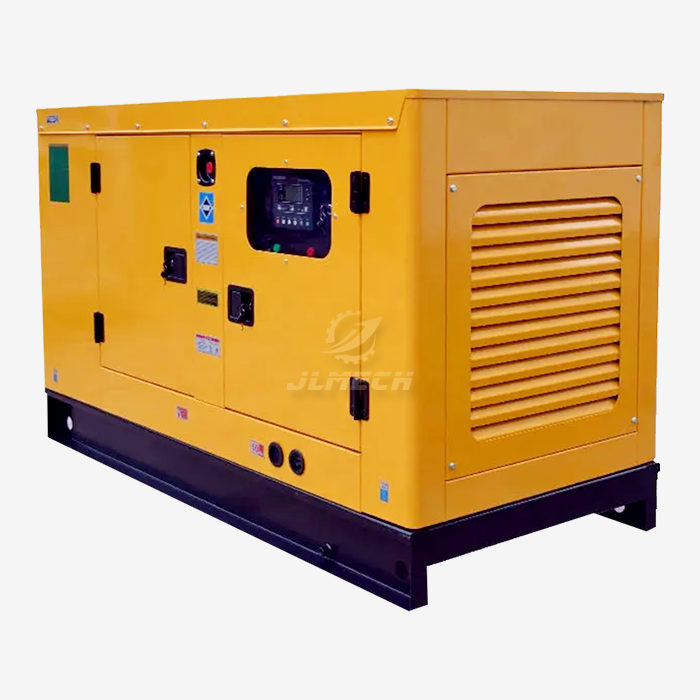 VIEW MORE40kVA Silent Diesel Generator
VIEW MORE40kVA Silent Diesel Generator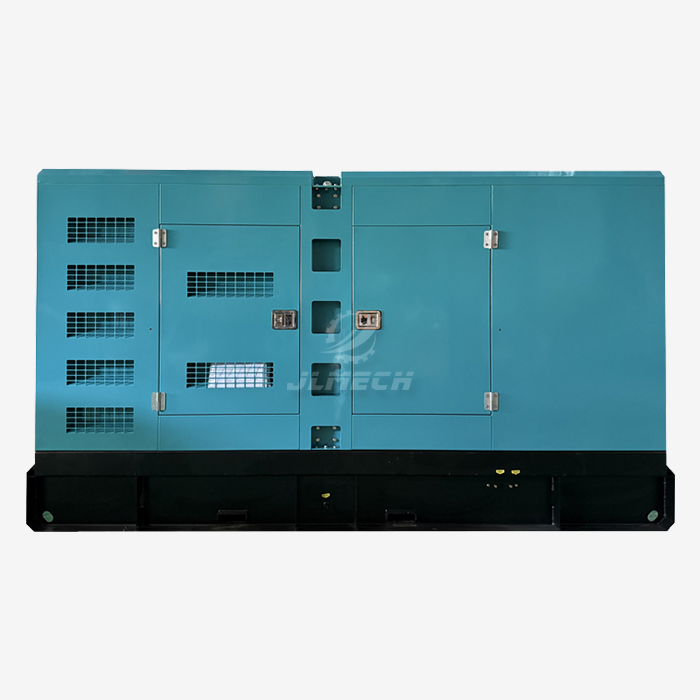 VIEW MORESelf-Starting Diesel Generator
VIEW MORESelf-Starting Diesel Generator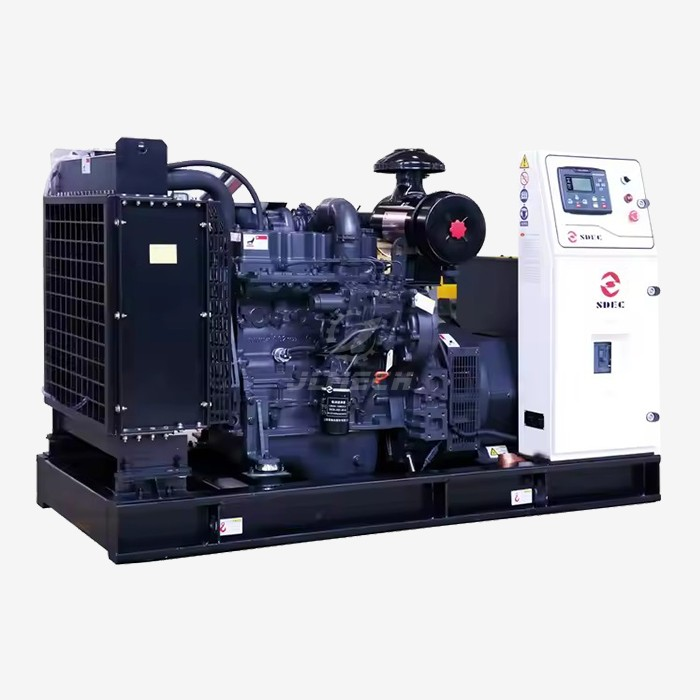 VIEW MORECustomized 80KW diesel generator
VIEW MORECustomized 80KW diesel generator VIEW MOREPure copper brushless diesel generator
VIEW MOREPure copper brushless diesel generator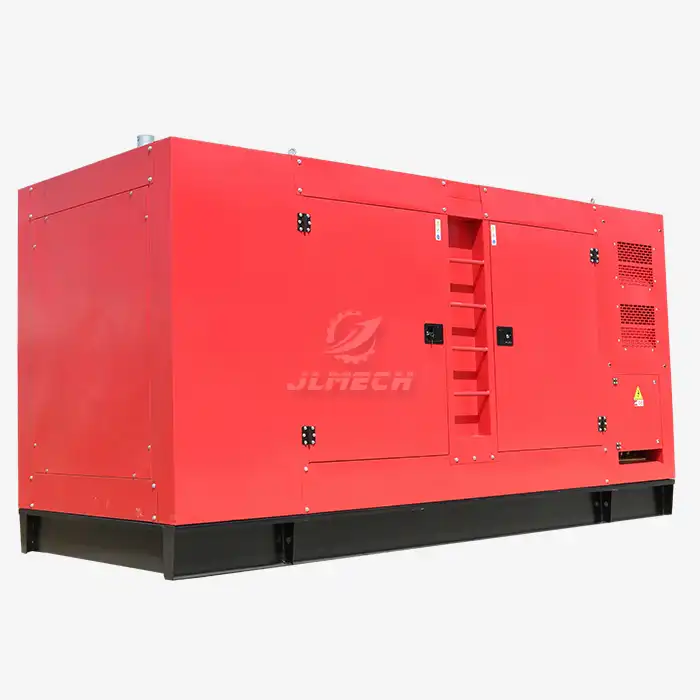 VIEW MORE100kVA Silent Diesel Generator
VIEW MORE100kVA Silent Diesel Generator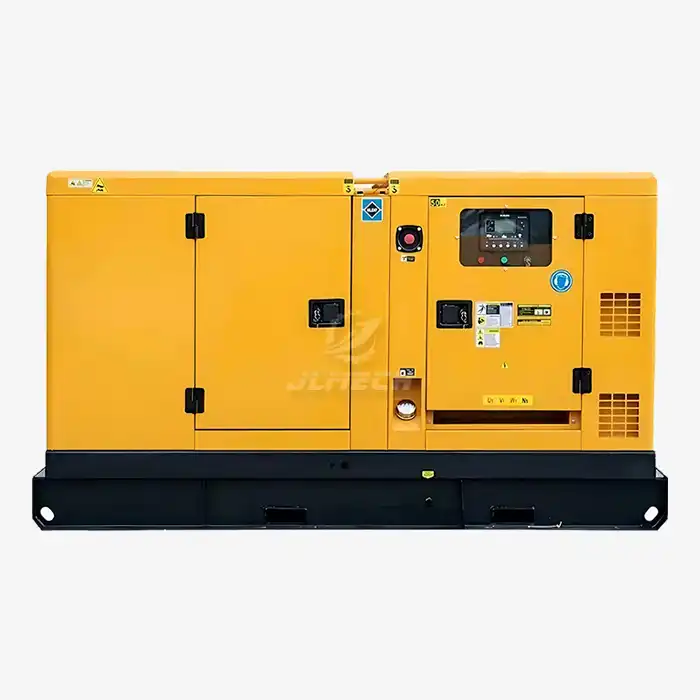 VIEW MOREHigh efficiency generator
VIEW MOREHigh efficiency generator VIEW MOREpower generator diesel
VIEW MOREpower generator diesel



